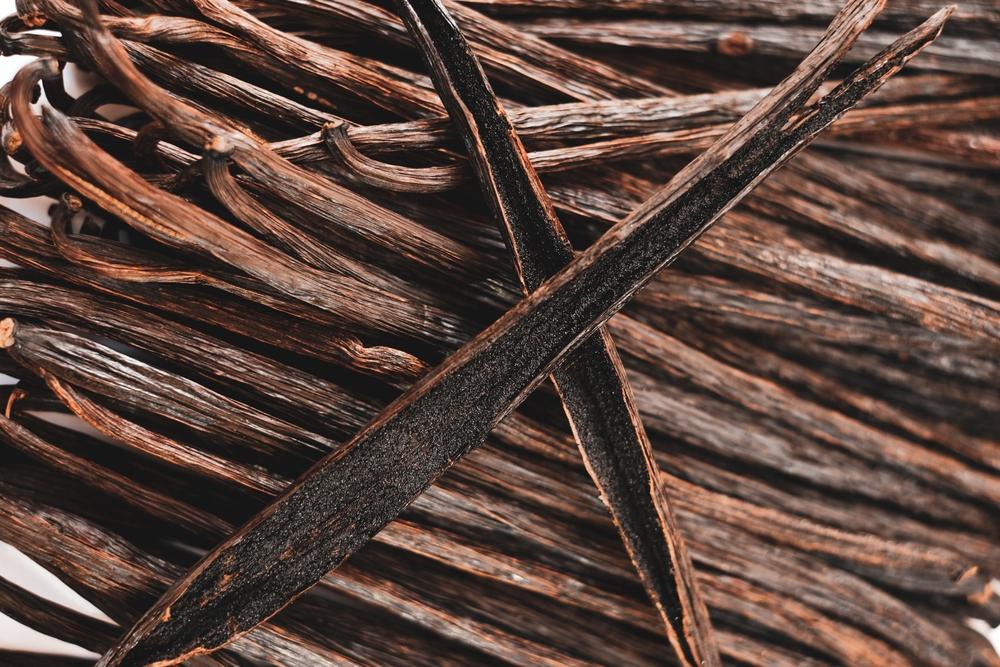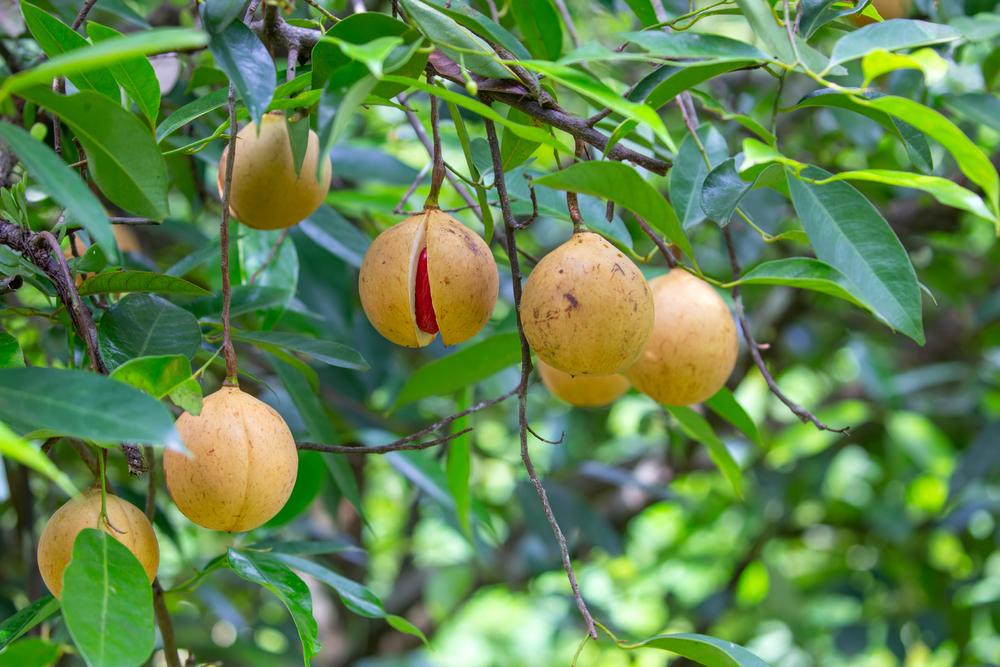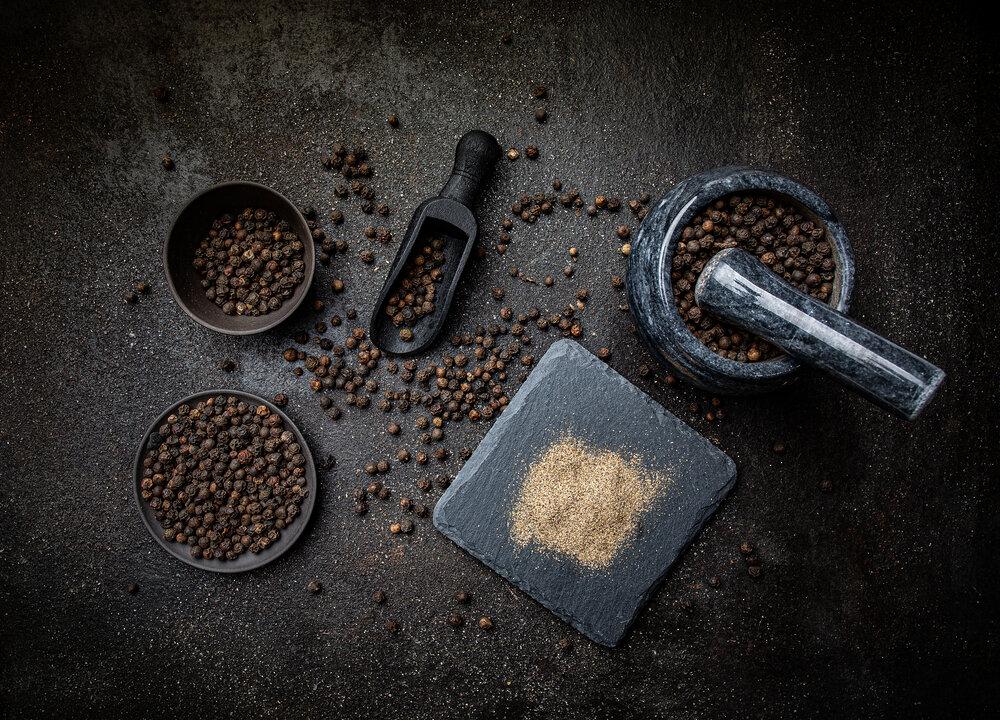Faced with an array of exotic options, vanilla may not sound like the most exciting choice—and yet it’s the most popular flavor in the world. It is also, perhaps even more surprisingly, the planet’s second-most expensive spice, after saffron.
Like chocolate, vanilla originated in Mexico, where the Maya and Aztecs enjoyed it long before Europeans reached the Americas. When the Spanish did arrive, they wrote about vanilla, largely because royalty used it. They initially didn’t get too excited, as chocolate seemed more interesting, but by the late 1500s, bundles of vanilla beans were transported to the royal court of Spain. However, it would be a long time before vanilla could be produced outside of Mexico.



